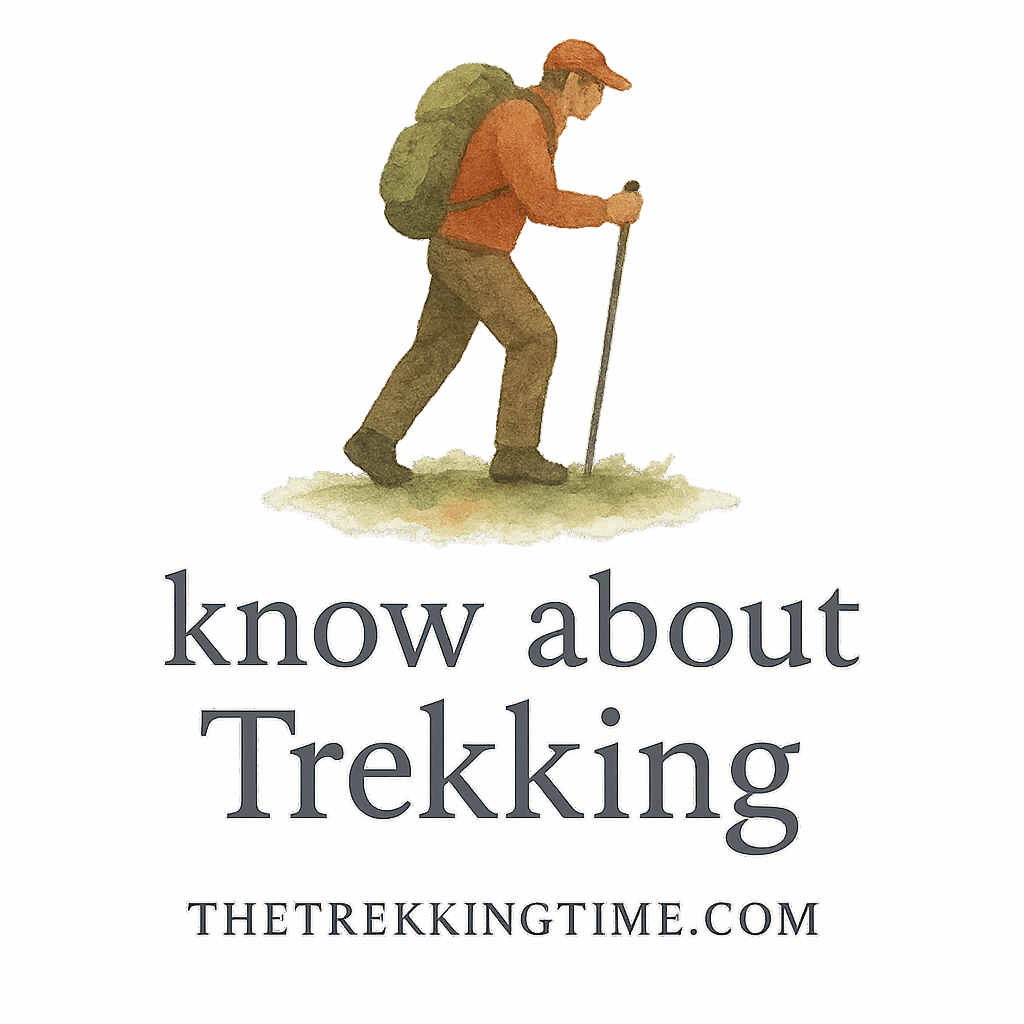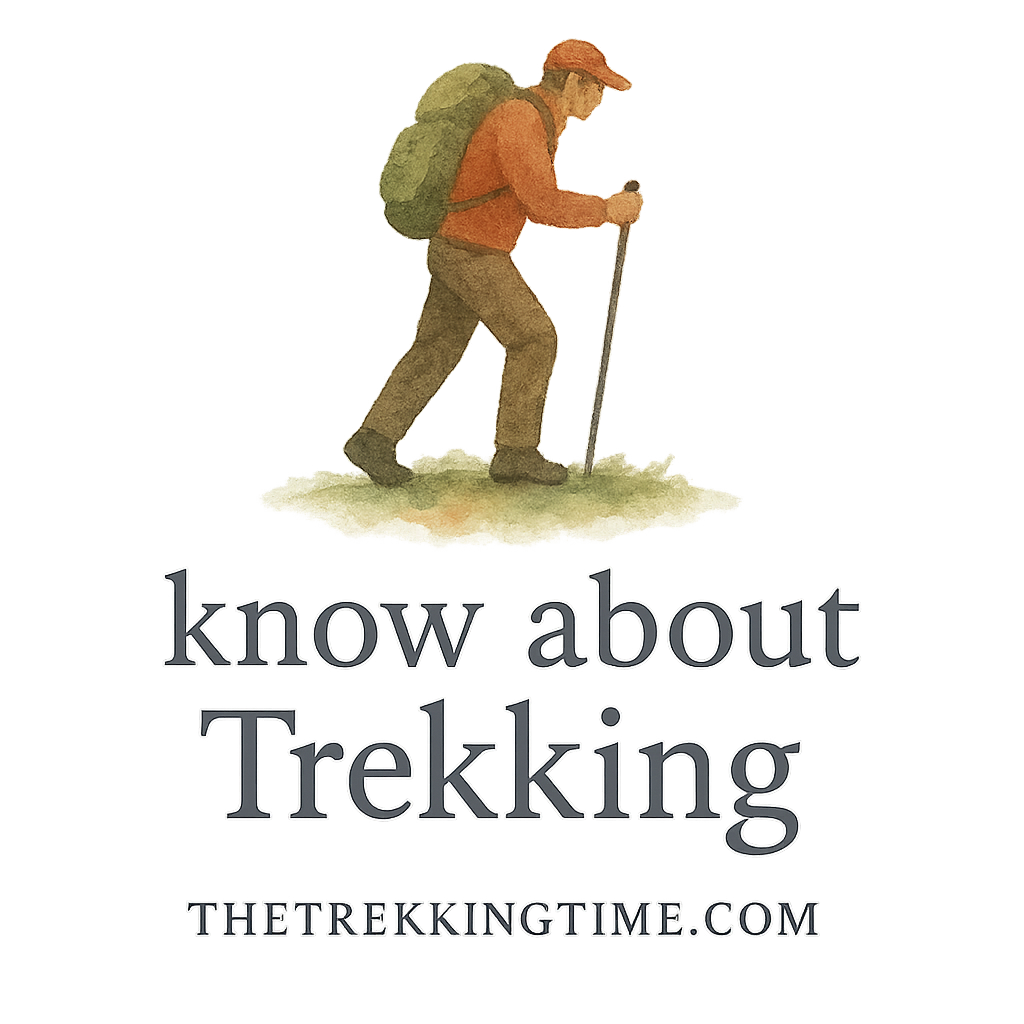Introduction
Ever hit the trail only to hear terms tossed around that sound like a whole new language? Don’t worry, you’re not alone. Trekking has its own vocabulary, and knowing it can make your adventures safer, more fun, and way less confusing. Whether you’re heading to the Himalayas or exploring your local mountain range, these seven trekking terms are your secret weapon to becoming a confident trailblazer.
Let’s dive in and decode the trekking lingo that’ll have you walking the walk—and talking the talk.
1. Altitude Sickness
What Is It?
Altitude sickness—also called acute mountain sickness (AMS)—is your body’s way of saying, “Hey, this elevation is too much for me!” It typically kicks in at elevations above 8,000 feet and happens when you ascend too quickly without giving your body time to adjust.
Symptoms to Watch For
Some classic symptoms include:
- Headaches
- Dizziness
- Fatigue
- Shortness of breath
- Loss of appetite
- Nausea
If you feel any of these while trekking, especially in high-altitude regions like the Himalayas, take it seriously.
How to Prevent It
You’ll want to acclimate properly (more on that later), drink plenty of water, avoid alcohol, and climb high but sleep low. Carry medication like Diamox if you’re prone to AMS, but always check with your doctor first.
For a deeper dive into elevation tips and safety, check out the trekking safety tips guide.
2. Base Camp
Definition and Purpose
A base camp is your home away from home—a temporary camp set up at the base of a mountain or major trail before attempting longer or steeper sections. It’s like a launching pad for higher elevation treks.
Famous Examples
Ever heard of Everest Base Camp? Yeah, it’s not just famous—it’s iconic. But whether you’re at Everest or a modest hill, a base camp provides a place to rest, plan, and acclimate.
You’ll often see base camps mentioned in trekking destinations posts because they’re critical in multi-day or high-altitude treks.
3. Trailhead
Why It’s More Than Just a Start Point
The trailhead is where the magic begins. It’s the official starting point of a trail and usually includes maps, signs, and sometimes even bathrooms or parking. But don’t just blow past it—check out the information posted. Trail conditions, closures, and even wildlife warnings might be there.
Tips Before You Start at a Trailhead
- Check the map and trail length.
- Ensure your gear is ready (see our guide on trekking gear and packing).
- Let someone know your plans—just in case.
Knowing what a trailhead is and what to expect is one of the trekking basics everyone should master.

4. Switchbacks
What They Are
Switchbacks are those zigzagging paths up a steep slope that help reduce the incline. Instead of going straight up (which is brutal), you zig and zag your way up, which eases the load on your legs and lungs.
Why Hikers Love (and Hate) Them
You’ll love them for the relief they bring on steep ascents. You’ll hate them when there are a hundred of them between you and your summit. Either way, they’re a vital part of trail design, especially on more difficult routes.
5. Leave No Trace (LNT)
Core Principles
Leave No Trace is an outdoor ethic that encourages all trekkers to minimize their impact on nature. The 7 core LNT principles are:
- Plan ahead and prepare
- Travel and camp on durable surfaces
- Dispose of waste properly
- Leave what you find
- Minimize campfire impact
- Respect wildlife
- Be considerate of others
Why It Matters in Trekking
Nature isn’t a theme park—it’s a shared space we all depend on. Following Leave No Trace principles is not just good etiquette; it’s your duty as a responsible trekker. Plus, it helps preserve trails for future adventurers.
More on that in our etiquette tag section.
6. Acclimatization
How It Works
Acclimatization is the process of your body adjusting to lower oxygen levels at higher altitudes. Without it, you’re at major risk for altitude sickness.
Acclimatization Strategies
- Take rest days: Especially after gaining every 1,000 meters.
- Hike high, sleep low: Push your altitude during the day, descend to sleep.
- Hydrate and fuel up: Your body needs more energy to adjust.
Acclimatization is a key concept in trekking fitness preparation and can literally be the difference between summiting or suffering.
7. Trekking Poles
Uses and Benefits
Trekking poles are like an extra pair of legs—great for balance, knee support, and reducing fatigue on long treks. They help especially when descending slippery or steep trails.
Proper Technique
Adjust your pole height based on the terrain. Going uphill? Shorten them. Downhill? Lengthen them. Always use wrist straps properly to avoid fatigue.
You’ll see them on nearly every packing list in our gear section and in tips tagged performance.
Bonus Tips for Trekking Newbies
- Learn trail markers and symbols.
- Understand basic map reading.
- Build up your fitness gradually before big treks.
- Pack smart but light—check out our gear checklist.
- Practice good habits like stretching and hydration.
Why Knowing These Terms Improves Your Trekking Experience
Let’s be real: trekking isn’t just a walk in the park—it’s a full-on adventure. And like any adventure, knowing the lingo keeps you safer, smarter, and more prepared. Whether it’s knowing how to avoid altitude sickness, what to do at a trailhead, or how to hike with security, understanding the language of trekking gives you a major leg up.
Conclusion
So there you have it—seven essential trekking terms every hiker needs to know. Mastering these doesn’t just make you sound like a pro; it keeps you safe, confident, and ready to conquer any trail. Next time you hit the switchbacks or set up at base camp, you’ll do it with know-how and purpose.
For more helpful tips and destination guides, head over to The Trekking Time—your go-to hub for all things trekking.
FAQs
1. What is the difference between hiking and trekking?
Hiking is usually a day activity on easier trails, while trekking is longer, more challenging, and may span multiple days or even weeks.
2. Can I trek without acclimatizing?
You can, but you really shouldn’t. Skipping acclimatization increases your risk of altitude sickness dramatically.
3. Are trekking poles really necessary?
Not always, but they can make a huge difference on tough terrain, especially for your knees and balance.
4. How do I know if a trail is too difficult for me?
Check the trail grade and distance. Beginners should stick to easy or moderate trails until they build up stamina. Browse our difficult tag for more insights.
5. What should I pack for a short trek?
Essentials include water, snacks, navigation tools, a first-aid kit, and a jacket. Get the full list in our packing guide.
6. How do I train for high-altitude trekking?
Start with cardio and leg strength, then add hikes with increasing elevation. See our fitness prep guide.
7. Where can I find beginner-friendly trekking routes?
Check out the Trekking Destinations page on The Trekking Time for curated beginner routes.


